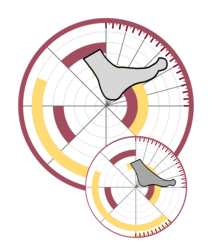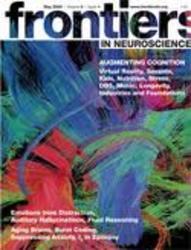Ankle Proprioception in Physically Active Adults

Proprioception, the awareness of the body, tends to decline with age. This decline is associated with poorer balancing abilities for older adults. In this study, we demonstrate that active older adults are “protected” from the expected age-related decline in ankle proprioception.
Effect of Vibration on Finger Position Sense

The general aim of this study is to delineate mechanisms of combining (or integrating) the information from two somatosensory inputs (proprioceptive and tactile) to accurately perceive the position of an unseen finger of one’s own hand.
Proprioception in Children with Developmental Coordination Disorder

Developmental coordination disorder (DCD) is a neurodevelopmental disorder that affects up to 6% of all school-age children. Children with DCD have problems with coordinating movements, they may have balance problems and show poor motor skill learning. DCD can significantly interfere with a child’s activities of daily living and academic performance. This study assessed wrist joint position sense in a cohort of Taiwanese middle school children. Its purpose was to provide comprehensive, objective data on the extent of proprioceptive impairment in children with DCD and to relate it to the observable motor deficits.
Completed
Somatosensory Deficits in Pediatric Cancer Survivors

Chemotherapy-induced peripheral neuropathy is an unwanted side effect of treatment and a common health issue affecting patients and survivors of pediatric cancers. Peripheral neuropathy is known to cause impairments in touch and haptic perception as well as proprioception.
Completed
Systematic Review on the Effectiveness of Proprioceptive Training

Proprioceptive training has been promoted as an approach to enhance athletic performance and as a tool for sensorimotor rehabilitation. It is the objective of this study to systematically review recent empirical evidence to gain an understanding of which outcome measures are most sensitive, which populations may benefit most from proprioceptive training, and what are the effects on proprioceptive and motor systems.